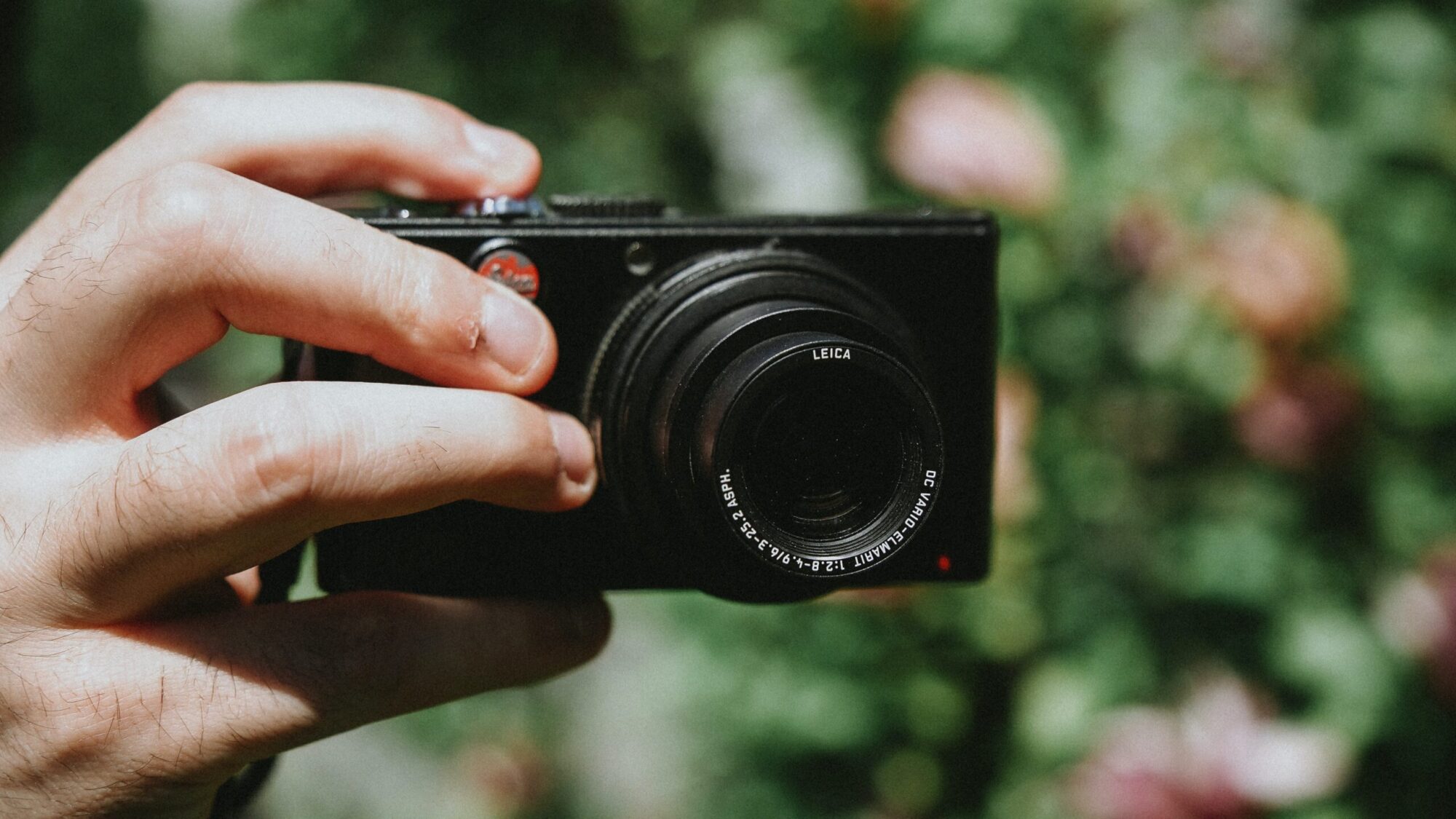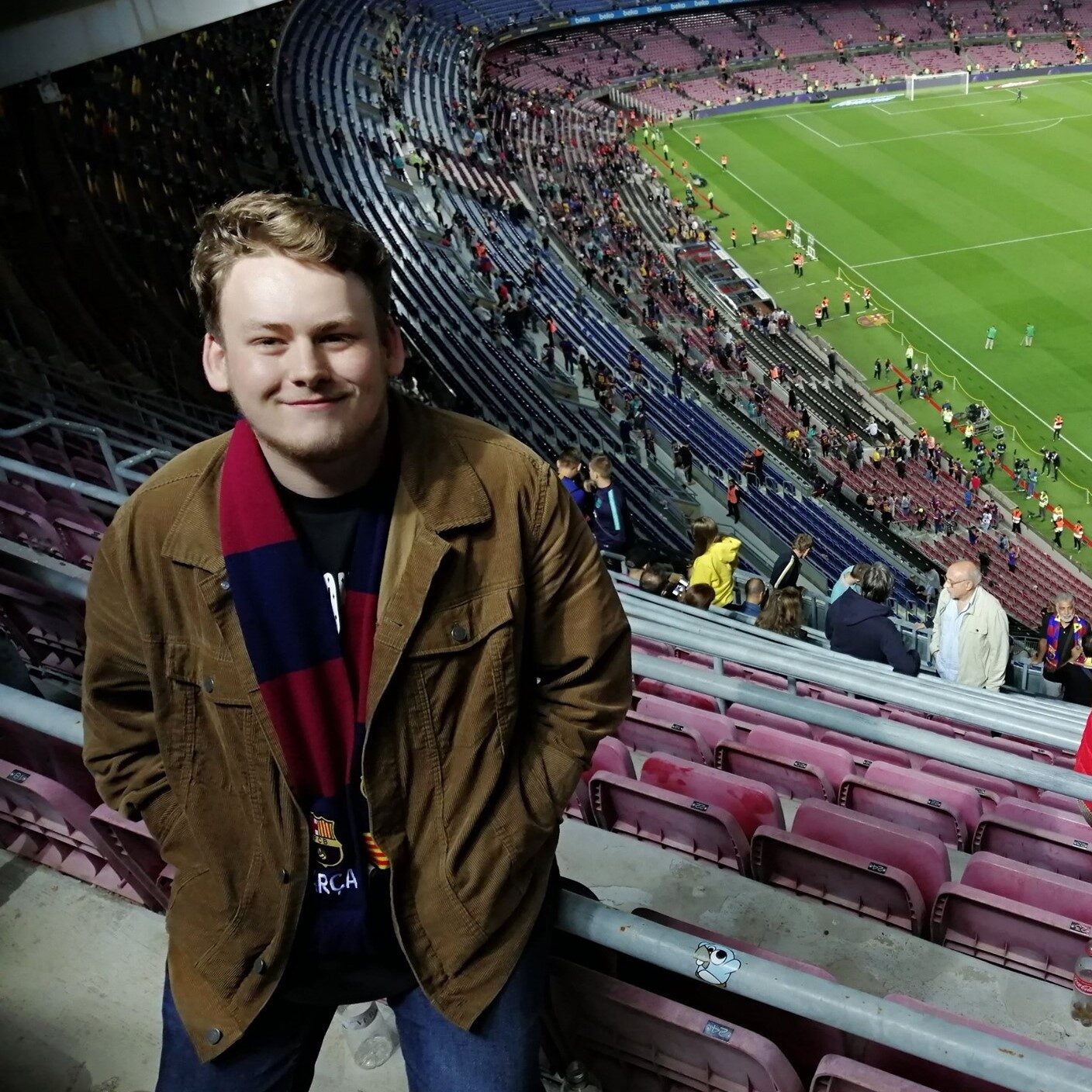In a world of Iphones and Huaweis, for many budding photographers it is the Smartphone that is the new entry level camera. This doesn’t have to be the way though, with the now much maligned compact camera representing an interesting option within the market. This article will offer a defence of the compact camera in the face of this new wave of smartphone photography.
Price
Modern compact cameras offer a considerable package for a very decent price. When compared to some top of the line camera models, such as the DSLRs discussed in other blogs on this website, it could even be argued that the price to performance ratio of compact cameras is superior. For a casual user or an enthusiast that wishes to graduate from using a smartphone, the compact camera represents a worthwhile upgrade.
Accessibility
Understanding that the Smartphone is likely to be the greatest competition to the Compact camera, accessibility must be considered. While it is obvious that we all carry our smartphones around almost constantly, we do so with some major caveats.
Notably, battery life is a major issue for most modern smartphones. Imagine a scenario in which you wish to photograph a surprising event, and as you draw the phone from your pocket you are met with a dreaded low battery warning! With a compact camera, which only serves one function, such concerns are unlikely to affect you.
Furthermore, the compact camera is always ready to take pictures. Some use the term ‘point and shoot’ to highlight the simple nature of operating them. This allows them to challenge other camera models like DSLRs, which usually require greater levels of preparation as a tradeoff for improved image quality.
Tactility/ Size and Weight
There is a further benefit to the tactility afforded by a compact. Yes, smartphones are also physically tactile, but they do not offer the experience that is provided when holding a proper camera. The satisfying press of a shutter button beats a swipe at a screen.
Compacts are also far more sleek and stylish than any bulky, heavy DSLR counterparts. For beginners, owning a compact camera would represent a step up from a smartphone. The compact provides the best possible entry point into the world of dedicated camera photography.
Greater Features and Image Quality
Although we did mention that compact cameras have a simple ‘point and shoot’ reputation, this should not be used to characterize what are actually models that can provide greater automatic and manual control for the user than the smartphone.
For instance, the presence of a proper optical zoom is far more likely to provide a greater representation of an image. A variable aperture that can utilise depth of field is also far likely to provide a greater quality image. The smaller sensor size and use of built in lenses can also allow for photographers to dabble in macro photography, usually only a preserve of DSLR users.
This leads us to simply point out the fact that a compact camera will routinely deliver a greater quality image than even the best smartphone cameras. With the inclusion of the optical zoom and a greater level of processing power afforded by microtechnology, compact cameras have managed to include many of the features that DSLRs of old have had in a smaller package.
Examples of two compact options at both pricepoint extremes are outlined below:
The Canon Powershot G1 X Mark III offers the closest possible DSLR performance within the compact camera package. It is fairly expensive, but the technology offered puts the G X Mark III in a completely different league to many of the compact camera options with a zoom lens.
The Fujifilm XF10 represents a perfect option for the entry level enthusiast. At a fraction of the cost of the aforementioned G X Mark III, the XF10 offers a slim portable compact with a competitive APS-C sensor clocking in at 24.2-megapixels and a 28mm f/2.8 fixed focal length lens.


